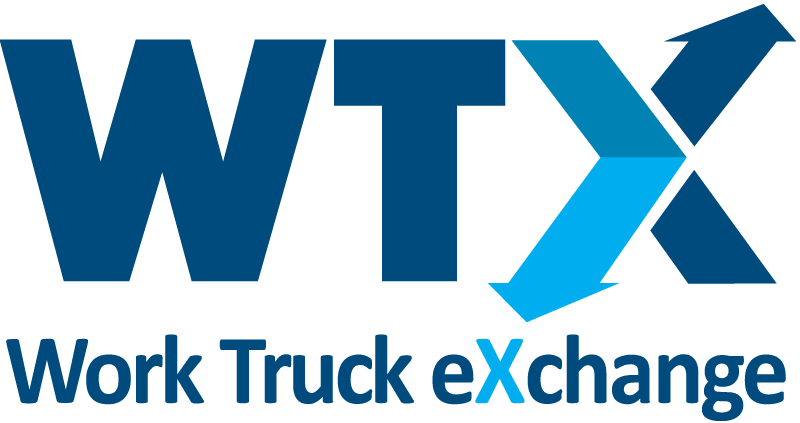Improving box truck body specs can boost cost savings and crew productivity. Here are some tips to create a clear plan for each truck, matching the right body specs to the application.
20-Point Checklist for Proper Truck Selection
The challenge in selecting the right truck is to balance sufficient capability with a price point that fits within an ever-tightening budget. Here are 20 suggestions that can be used in proper truck selection.

